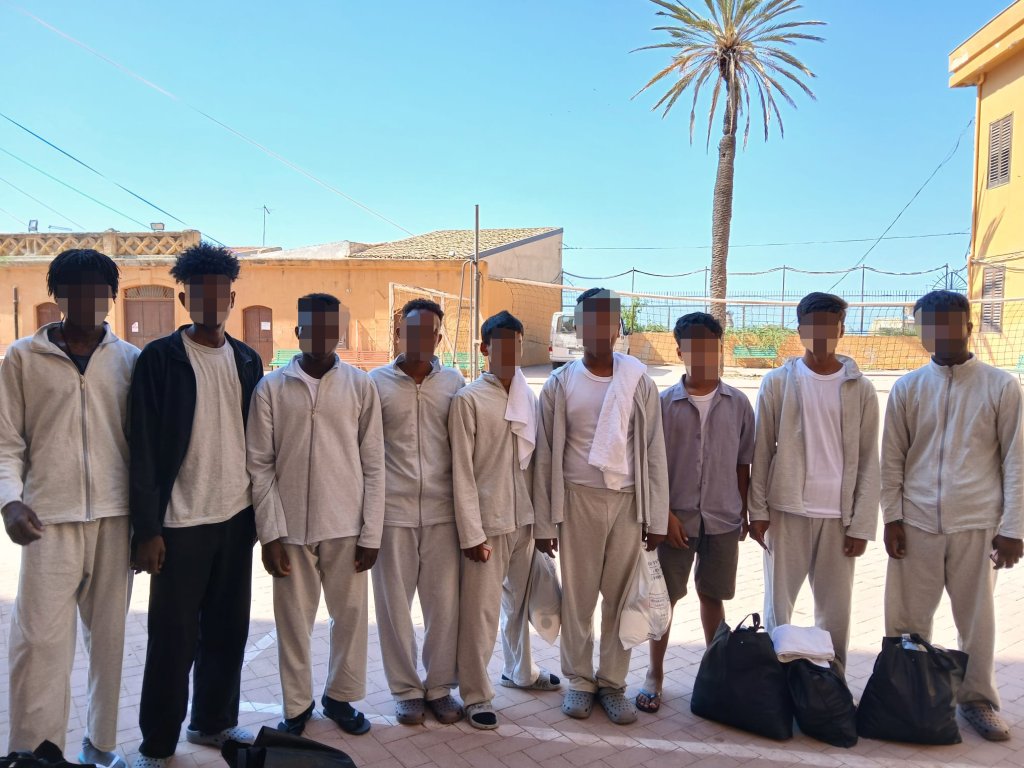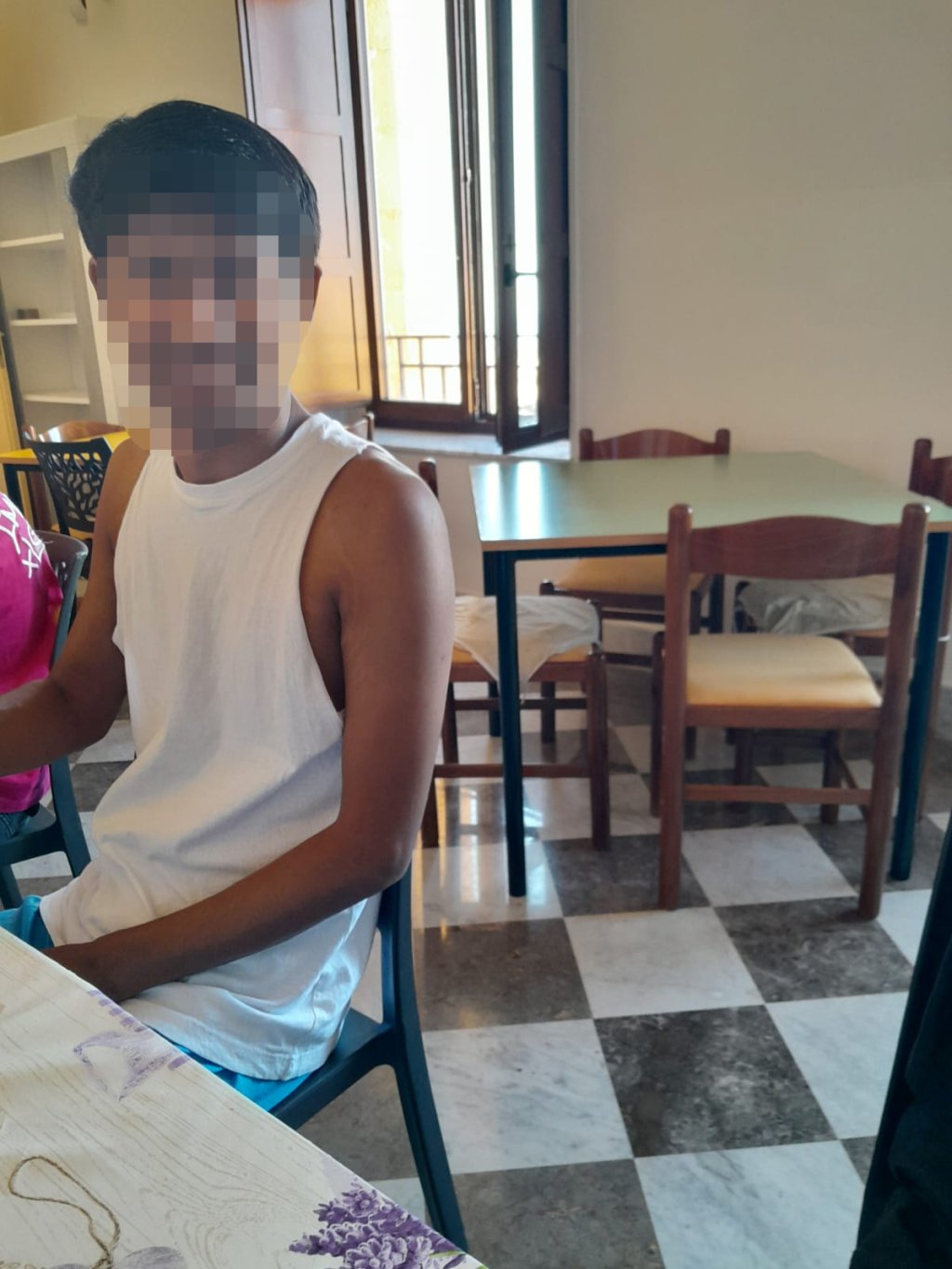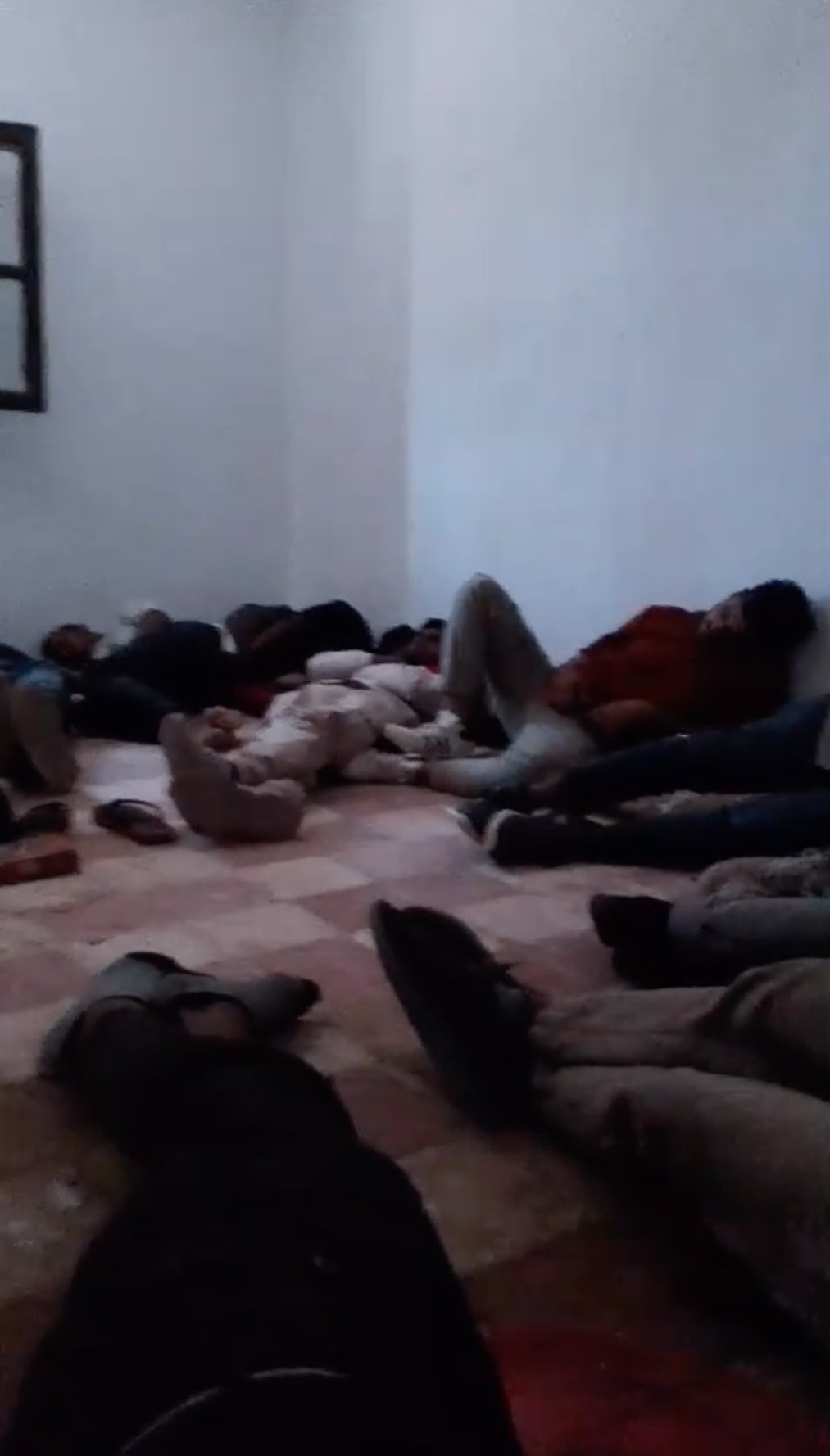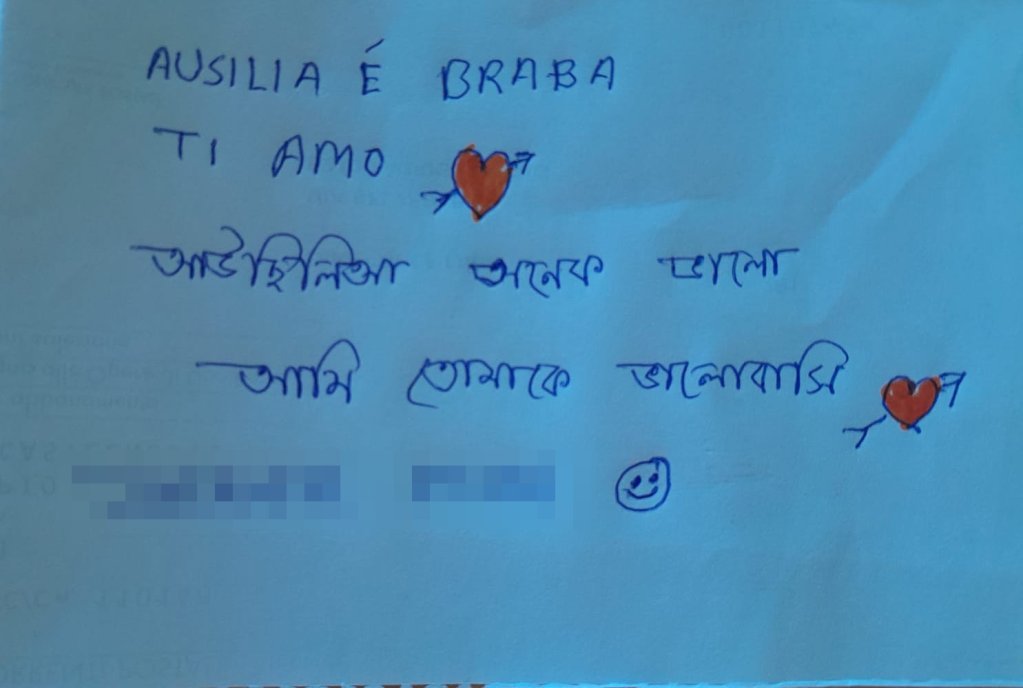Nine young Bangladeshi and Sudanese minors gather in the shade of a tree at a home run by nuns in Sicily. Prior to their arrival, most of them say they went through hell in Libya, suffering torture and imprisonment. One young 17-year-old from Bangladesh, Rahim* told his tale to InfoMigrants.
The sun is burning brightly in Sicily. A group of nine young Bangladeshi and Sudanese migrants shelter in the shade of a tree, while other groups of Italian boys and girls take part in actitivies like football, organized by nuns from the congregation of Mary our Lady, Help of Christians, one of the local churches in the Sicilian province of Agrigento.
The young migrants are trying to recover their energies, after having gone through hell in Libya, they say.
Arrival data in Italy, monitored by the Italian Interior Ministry, shows that Bangladeshi migrants form the greatest national group to arrive by small boat since the beginning of this year. In the latest data, from July 29, 11,693 Bangladeshi nationals arrived in Italy, out of a total of 36,545 arrivals since January 1.

Nationals from Eritrea and Egypt are the second largest national groups after that; Eritreans numbering almost 5,000 since the beginning of the year, and Egyptians a little over 4,300.
Read AlsoThe psychiatrist's tale: 'I try and introduce myself as a person, not as a doctor'
Captured and trafficked
Rahim* is one of those to have arrived recently from Bangladesh. He is just 17 years old. He arrived in June, initially on the island of Lampedusa, and then was brought to the Sicilian mainland, where he found shelter at the center run by the nuns in the province of Agrigento.
"We all arrived on Lampedusa rescued by Italian military boats on June 9, 2025," we traveled on a wooden boat, which departed from Zuwara [in Libya --a town west of Tripoli and not that far from the Tunisian border]," says Rahim who was keen to tell his story, although the memories are still painful for him.
"In Libya we spent 14 horrible months. In this period we changed places three times, from Tripoli, to Sabratha and finally Zuwara. The Libyan traffickers agreed with the Bangladeshi mafia moving us from one place to another."
Read AlsoItaly: Calm seas have led to an increase in arrivals
A long journey
Rahim began his journey from Bangladesh by leaving his village, Kalikapur, in the district of Madirapur near the capital Dhaka on March 3, 2024: "We were in the hands of men who work for the Bangladeshi mafia," claims Rahim.
"First we flew from Dhaka to Dubai and then we arrived at Alexandria airport in Egypt." There, says Rahim, the smugglers house Bangladeshi migrants for several days, before flying them on to Libya, "Most migrants stay in Egypt for two to four days before reaching Libya," explains Rahim.

These transits are confirmed by research undertaken by the European border agency Frontex, which has identified Alexandria in Egypt as a frequent transit point between Dhaka and Libya for Bangladeshi nationals.
"The first place where we stayed in Libya was Tripoli in a house, after a short period a man known as Sharif who trafficks people from Bangladesh to Italy sent us to Sabratha. Sharif is an international criminal and he is the person who sold us to the Bangladeshi mafia," claims Rahim, saying they were told this was the only way to arrive in Italy.
Read Also4 billion euros sent abroad from Sicily by immigrants in 19 years – study
Torture and overcrowding
In a small room, overcrowded with people, Rahim shot a short video. This is the place where his hell began, he explains.
"We were all locked up inside, there were young people like me but also elderly, they didn’t give us food and they hit us. Then we were divided in to three different rooms managed by three different Libyans and Bangladeshi traffickers." Each room, says Rahim, was managed by a different person, but all the experiences were equally scary.
"They asked us for the telephone number of our families and they made video calls asking our families for money while they hit us. They asked for around one thousand euros and they said they had to pay the amount within seven days. My family didn’t have money so they hit me and they pulled out one of my fingernails, then I lost consciousness and I don’t remember what happened after that."

Rahim shows us the finger on his right hand, there are visible signs of torture. "They hit us every day for six months, they hit us at 3am, in the middle of the night, which is 7am in Bangladesh. In this way they made sure that our families could watch in real time while they asked them for money," Rahim adds.
Read AlsoItaly: Overall migrant landings drop amid rise in Bangladeshi arrivals
A poor family
In the village of Kalikapur, Rahim left behind his father who is sick and his two younger brothers. His mother already died. "I gave the trafficker my aunt's number, because I didn’t want my father to watch these things. My family is poor and my only desire is to help my father and my brothers to have a better life, I want to take care of them."
After a long stay in Sabratha, Rahim and other Bangledeshi migrants were moved to Zuwara in June: "They left us in the desert in Zuwara at night, than we walked to reach a mosque, there were thousands of people from Bangladesh there, it was from Zuwara one night that we set off for Italy."
On June 9, 89 migrants arrived on the island of Lampedusa, rescued by Italy's border and tax police, the Guardia di Finanza. 28 of them where from Bangladesh, Rahim was among this group.
When Rahim thinks about his journey to reach Italy he still finds it hard to comprehend his treatment in Libya: "I could never imagine I would have been subjected to this kind of inhumane treatment. When I was in my village I could never imagine what Libya really represents for Bangladeshi people. Everyone in the world should know what happens to Bangladeshi people in Libya. I still don't understand how human people can commit atrocities against other humans ?"
Read AlsoLibya: More than 100 released after being held captive by gang members
'She is my mama'
Rahim is now surrounded by the love and medical care offered by the congregation of nuns. Sister Ausilia, an 80-year-old Salesian nun has been working with migrants for three years, and often cares for people soon after they land at the main harbor in Lampedusa, Molo Favaloro. It was here that she met Rahim.

"She is my mama," Rahim says fondly, while show us a drawing in which he has written "Ausilia è brava, ti amo," "Ausilia is good, I love you."
After a little over a month with the nuns, Rahim is gradually learning a few Italian words. "I want to study and then find a job to help my family, I just want to do my best for my father and my brothers."
*Name has been changed to protect his identity, as he is still a minor
Read AlsoTorture 'systematic' along the Mediterranean route, MSF claims
